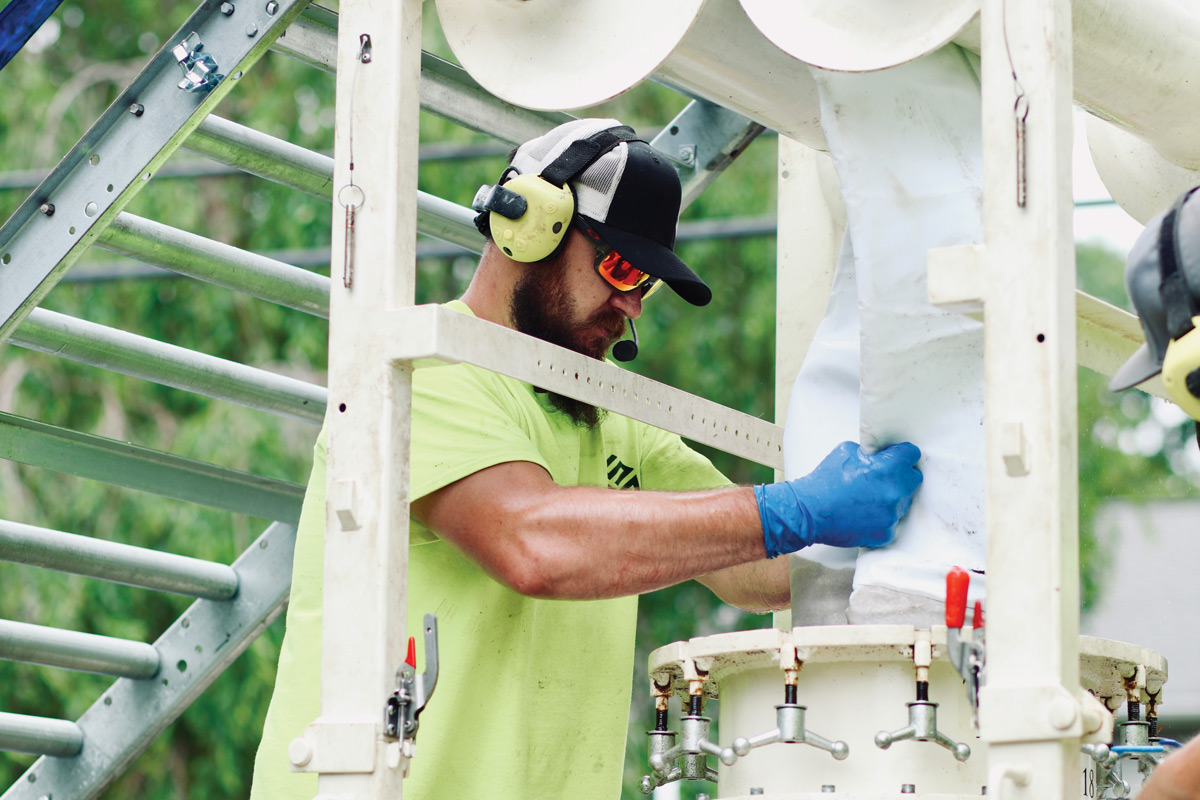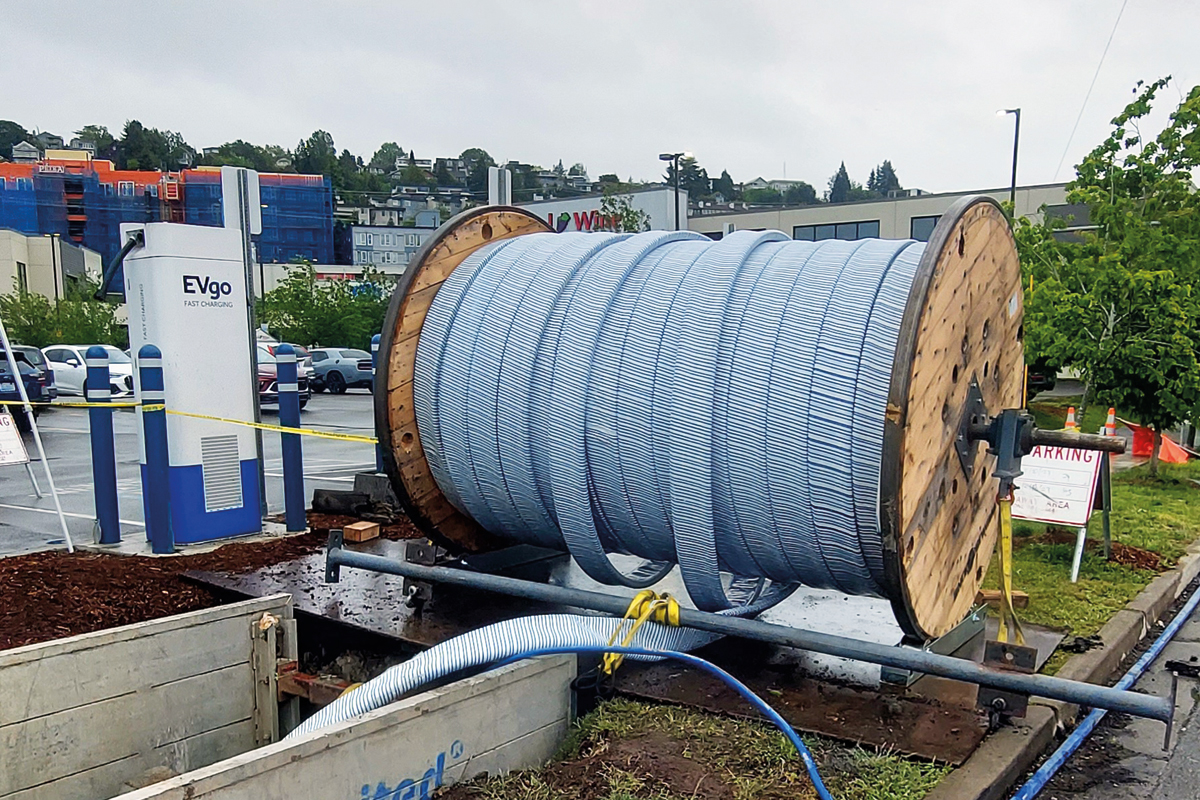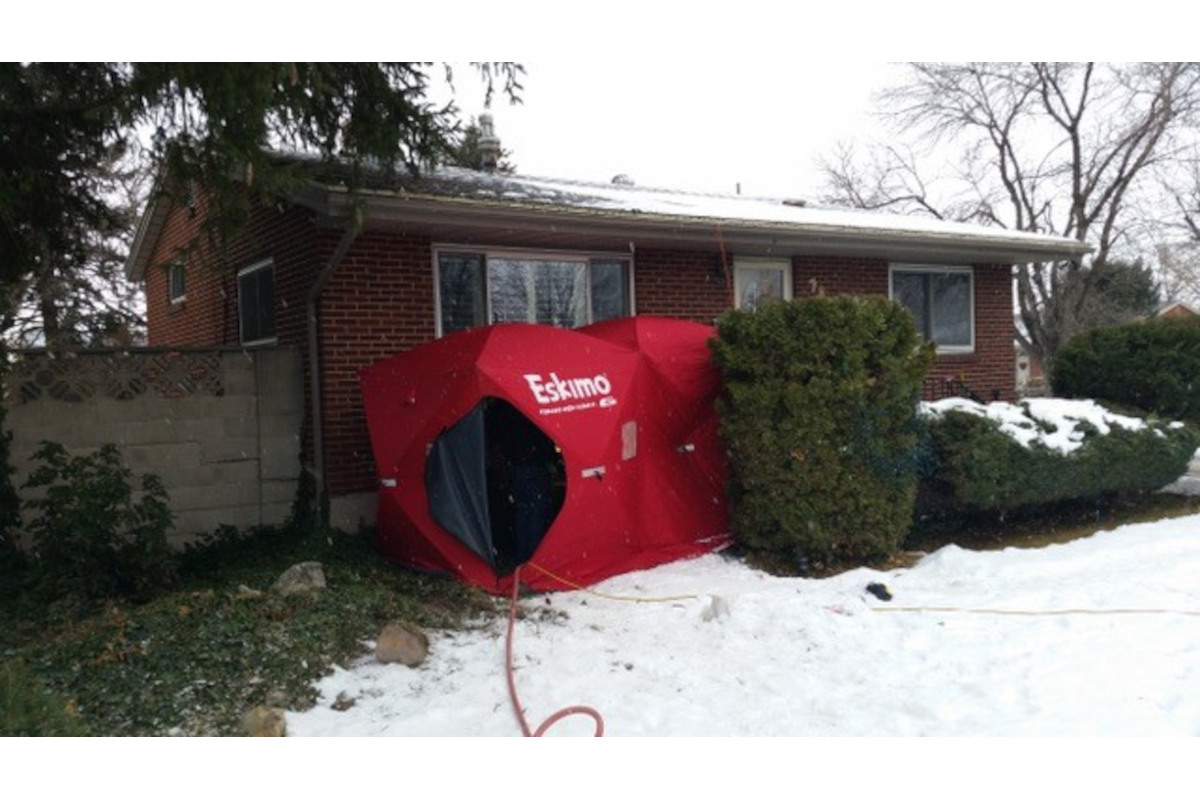
Water Relining: Rehabbing a 10-Km Asbestos Cement Trunk Water Main in Spain
- The municipality of Reocín in central Cantabria, Spain, has a supply system consisting of a source from the River Saja, a treatment plant in Ruente and a DN 250 asbestos cement water main that extends for 10 km to the municipal reservoirs. This system supplies water to a population of 15,000 inhabitants, and the demand rises sharply during the holiday season.
The water main was constructed in the 1950s and was in a critical condition with frequent breaks and service interruptions. The water loss rate on this pipe amounted to approximately 25 percent. The Government of Cantabria is responsible for the main water supply infrastructure in the region, and it decided to begin urgent work on its full restoration.
While the original plan was to replace the piping using a conventional open-trench installation, the water main runs through areas near the environmentally sensitive Saja Nature Reserve and a large amount of land would have been occupied during the installation work. Hence, the Government of Cantabria’s Water Board decided to look into trenchless rehabilitation solutions.
RELATED: Search Nova Scotian Contractor Opts for Primus Line Solution
A detailed study into the alternative Primus Line system proved its feasibility, revealing cost savings of up to 30 percent in comparison to open trench replacement. In addition, the construction period could be reduced from 12 to four months. As a result, a change of technology was favored. The contract was awarded to the successful bidder, Dragados S.A., which commissioned the trenchless specialist Sinzatec to carry out the rehabilitation work on the water main.

The work for this project involved the rehabilitation of 9,850 m of DN 250 asbestos cement water main with the DN 250 PN 15 Primus Line system, and 495 m of DN 250 PVC pipes with the DN 200 PN 18 Primus Line system.
RELATED: CIPP Project Leads to Sewer Upgrade in Spanish Town
The work was scheduled at 20 different installation sites, arranged according to the layout of the network, reinstatement of fittings such as air and scour valves and the location of existing services. The length of these sections varied from 161 to 908 m. The average section measured between 500 to 600 m. A total of 60 DN 250 and four DN 200 low pressure Primus Line connectors were required.
Before cleaning the water main and inserting the Primus Liner, the water supply had to be cut off from the section to be restored. In this case, it was possible to isolate the section using an existing water supply from the “Autovía del Agua,” an underground aqueduct at a point halfway along the water main. A provisional inlet was set up there, so that restoration work could begin along the first 7 km without a bypass. A provisional pipeline had to be installed along the final 3 km using DN 110 HDPE pipes, and the restoration work was carried out section-by-section.
RELATED: Pipe Relining in Palermo, Italy
On the restored sections sharp bends of up to 45 degrees, sweeping bends in the asbestos cement water main, and elevation changes had to be accommodated. The 10-km water main crosses bridges, motorways, roads, railways, urban areas, uncultivated landscapes, woodlands and pastures.
Work began in December 2016 and came to an end only four months later in April 2017. This is the largest ever project executed with trenchless technology in Spain and highlights the benefits of using trenchless solutions such as Primus Line for the full rehabilitation of a supply network.




